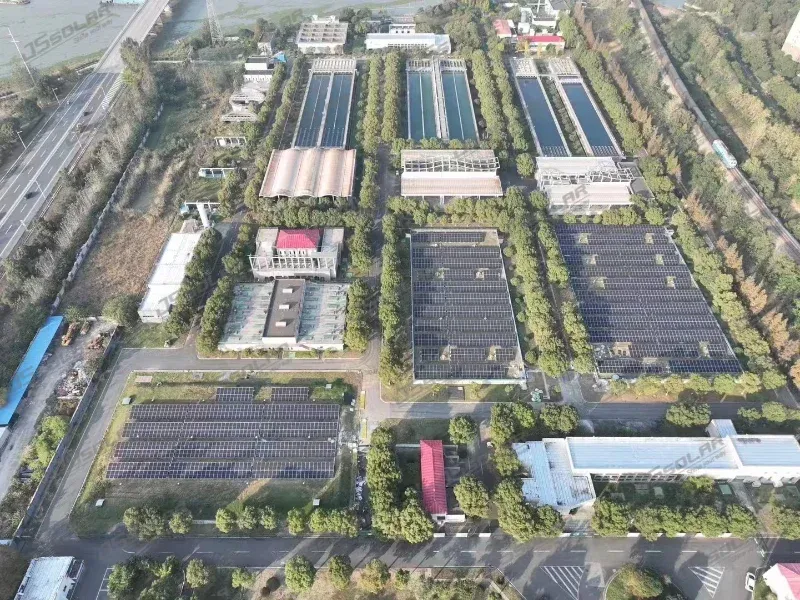In the past few days, construction workers have been completing the finishing work of the distributed photovoltaic project of Jiubin Water Plant. The project was built by JS SOLAR. After being connected to the grid, it can generate 3 million kilowatt hours of electricity every year, further assisting the "double carbon" process.

Distributed photovoltaic projects<<<<
Distributed photovoltaic projects refer to photovoltaic power generation facilities that are built near power user sites and operate mostly in the power supply mode of "self-use for self-use and surplus power on the grid", and are balanced and regulated in the power distribution system.
Considering that the power load of Jiubin Water Plant is high, and it operates continuously for 24 hours with stable load, the power generated by photovoltaics can be better absorbed by the electricity load of the water plant. This year, the Municipal Public Environmental Protection Group invested more than 16 million yuan to build The distributed photovoltaic project of Jiubin Water Plant makes full use of renewable and clean solar resources to relieve the energy pressure of water plants and reduce water production costs.

The implementation of this project is a concrete practice of doing a good job in 'dual carbon' work. All work is currently being completed and will be connected to the grid and put into use in the middle to late this month. "The relevant person in charge of the Municipal Public Environmental Protection Group said that the Jibin Water Plant has a large area of clean water tank, and it is "uniquely advantaged" to install solar photovoltaic panels on top of it. It can make full use of the clean water tank of the water plant and the idle space on the roof for installation. Photovoltaic modules not only do not occupy additional water plant land and do not affect the normal operation of the water plant, they also greatly improve the space utilization of the water plant.

At the same time, the clean energy generated by the project can save the water plant more than 2 million yuan in costs every year and reduce carbon emissions by 3,200 tons every year, achieving a "win-win" between economic and ecological benefits. It is worth mentioning that photovoltaic panels can also block direct sunlight in the pool, effectively inhibiting the growth of algae in the pool, while maintaining the quality of factory water, reducing the frequency of manual cleaning, and achieving "the best use of land" and low carbon through "water-light integration" run.

Currently, the Municipal Public Environmental Protection Group is conducting surveys on supercharging stations across the city. In the next stage, the group will deploy photovoltaic modules in clean water tanks and building roofs at qualified supercharging stations across the city to contribute to the realization of the "double carbon" goal.









